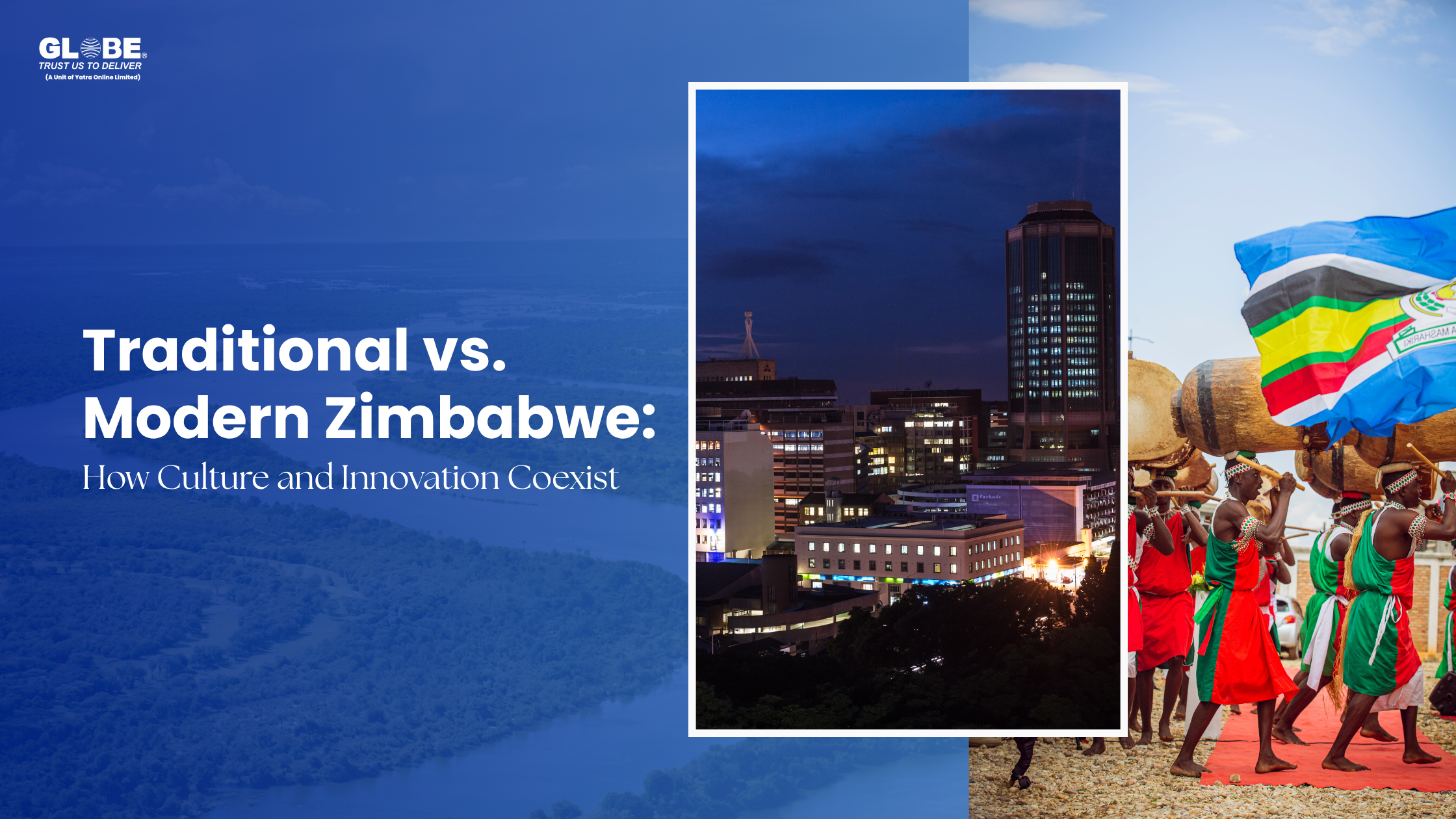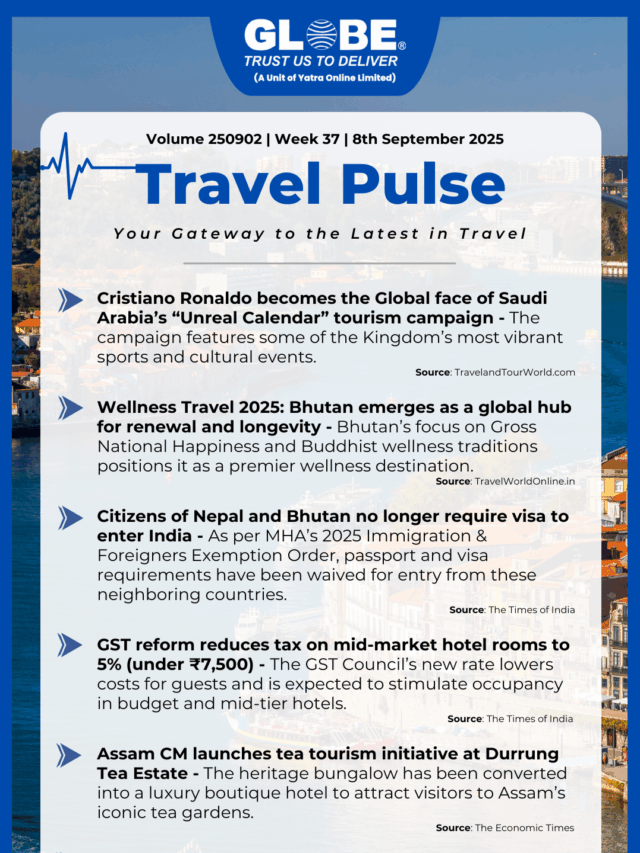Introduction
Zimbabwe is a land where the old and new live side by side. Ancient stone ruins whisper stories of empires past, while bustling cities hum with modern music, technology, and business. From rural villages that preserve traditional dances to tech startups in Harare, Zimbabwe represents a unique blend of cultural heritage and modern progress.
In this blog, we’ll explore how Zimbabweans continue to honor traditions, language, and spirituality while embracing urban lifestyles, education, and innovation—creating a society that is both rooted and forward-looking.
Traditional Zimbabwe: Deep Roots in Culture
a) Shona and Ndebele Heritage
Shona people (majority): Known for stone sculpting, mbira music, and Great Zimbabwe ruins.
Ndebele people: Known for colorful beadwork, murals, and strong warrior traditions.
Other groups: Tonga, Venda, Kalanga, each with unique customs.
These traditions form the backbone of Zimbabwean identity.
b) Language and Storytelling
Shona and Ndebele are the two main languages, alongside English.
Oral storytelling, proverbs, and folktales remain vital in rural communities.
Elders are the keepers of wisdom and cultural memory.
c) Traditional Music and Dance
Mbira (thumb piano): A sacred instrument used in ceremonies.
Drumming and dancing: Central to rituals, weddings, and festivals.
Popular dances: Mbende Jerusarema (UNESCO-recognized).
Music is not just entertainment—it connects communities to ancestors.
d) Spiritual Beliefs
Traditional spirituality often blends with Christianity.
The Mwari cult and ancestral spirits guide rituals.
Sacred places: Matobo Hills (considered holy ground).
e) Traditional Lifestyle
Rural villages rely on farming (maize, millet, sorghum).
Communal living emphasizes ubuntu—the philosophy of human interconnectedness.
Traditional homes: Rondavels (round huts with thatched roofs).
Modern Zimbabwe: Cities and Innovation
a) Urban Centers
Harare (capital): A modern hub of business, nightlife, and education.
Bulawayo: Known for arts, culture, and industry.
Cities feature shopping malls, internet cafés, and modern restaurants.
b) Education and Technology
Zimbabwe has one of the highest literacy rates in Africa.
Universities produce tech innovators, doctors, and engineers.
Startups in fintech, agriculture tech, and e-commerce are rising.
Youth are using technology to solve local problems and connect globally.
c) Modern Music and Art
Urban music: Zimdancehall, Afro-fusion, hip-hop.
Artists blend traditional mbira with electronic beats.
Visual arts: Modern Shona stone sculptures showcased worldwide.
d) Fashion and Lifestyle
Traditional attire still worn for ceremonies.
In cities, global fashion trends mix with African prints.
Social media influences modern youth culture.
e) Religion Today
Christianity is dominant, but many people practice a fusion of church and tradition.
Faith-based organizations contribute to education and health.
Where Tradition and Modernity Meet
Zimbabwe is not about choosing between tradition and modern life—it’s about blending both.
a) Traditional Medicine Meets Modern Healthcare
Herbalists still play a role in communities.
Modern hospitals incorporate local knowledge in some rural health programs.
b) Farming: Old Meets New
Rural families farm with hand tools.
Modern agritech startups bring irrigation, drones, and apps.
The result: sustainable agriculture that respects tradition but embraces efficiency.
c) Festivals and Celebrations
Urban festivals like HIFA (Harare International Festival of the Arts) showcase modern art.
At the same time, rural communities celebrate harvest festivals and traditional dances.
Together, they highlight the cultural duality of Zimbabwe.
d) Architecture and Housing
Traditional rondavels still exist.
Modern homes in Harare are high-rise apartments and suburban houses.
Eco-architecture blends both: sustainable homes inspired by tradition.
Challenges in Balancing Tradition and Modernity
Urbanization: Youth often move to cities, leaving villages behind.
Cultural Erosion: Global media sometimes overshadows local traditions.
Economic Pressures: Financial struggles affect preservation of cultural practices.
Technology Divide: Rural areas often lack access to modern innovation.
Despite challenges, Zimbabwe continues to protect its cultural roots while moving forward.
Case Studies: Examples of Blended Culture
a) The Mbira Revival
Once discouraged during colonial times, the mbira is now embraced in modern concerts and classrooms.
b) Modern Sculptors of Shona Stone Art
Traditional stone sculpting techniques adapted into global contemporary art.
c) Eco-Tourism Lodges
Safari lodges use traditional designs while offering modern luxury.
d) Culinary Fusion
Sadza (traditional staple) now paired with modern dishes in urban restaurants.
The Role of Youth in Shaping the Future
Young Zimbabweans are cultural innovators.
Musicians fuse genres, designers blend prints, and entrepreneurs build modern solutions.
Social media spreads Zimbabwean traditions globally.
The youth are the bridge between ancient wisdom and digital futures.
Why Zimbabwe’s Blend is Unique
Unlike many nations that abandon traditions for modernization, Zimbabwe actively seeks to:
Preserve heritage sites like Great Zimbabwe Ruins.
Promote indigenous languages in schools.
Encourage both modern tech and traditional crafts.
Zimbabwe is building a future without losing its soul.
Conclusion
Zimbabwe is a living example of how tradition and modernity can coexist. From the rhythm of the mbira echoing through rural villages to the beat of Zimdancehall in Harare clubs, the country embodies a balance between past and present.
While challenges remain, Zimbabweans continue to celebrate their cultural roots while embracing the opportunities of modern life. This dual identity—rich tradition woven with innovation—is what makes Zimbabwe not just a place to visit, but a nation to admire.
For travelers, students, and cultural enthusiasts, Zimbabwe offers a lesson: the future is stronger when it grows from deep roots.





